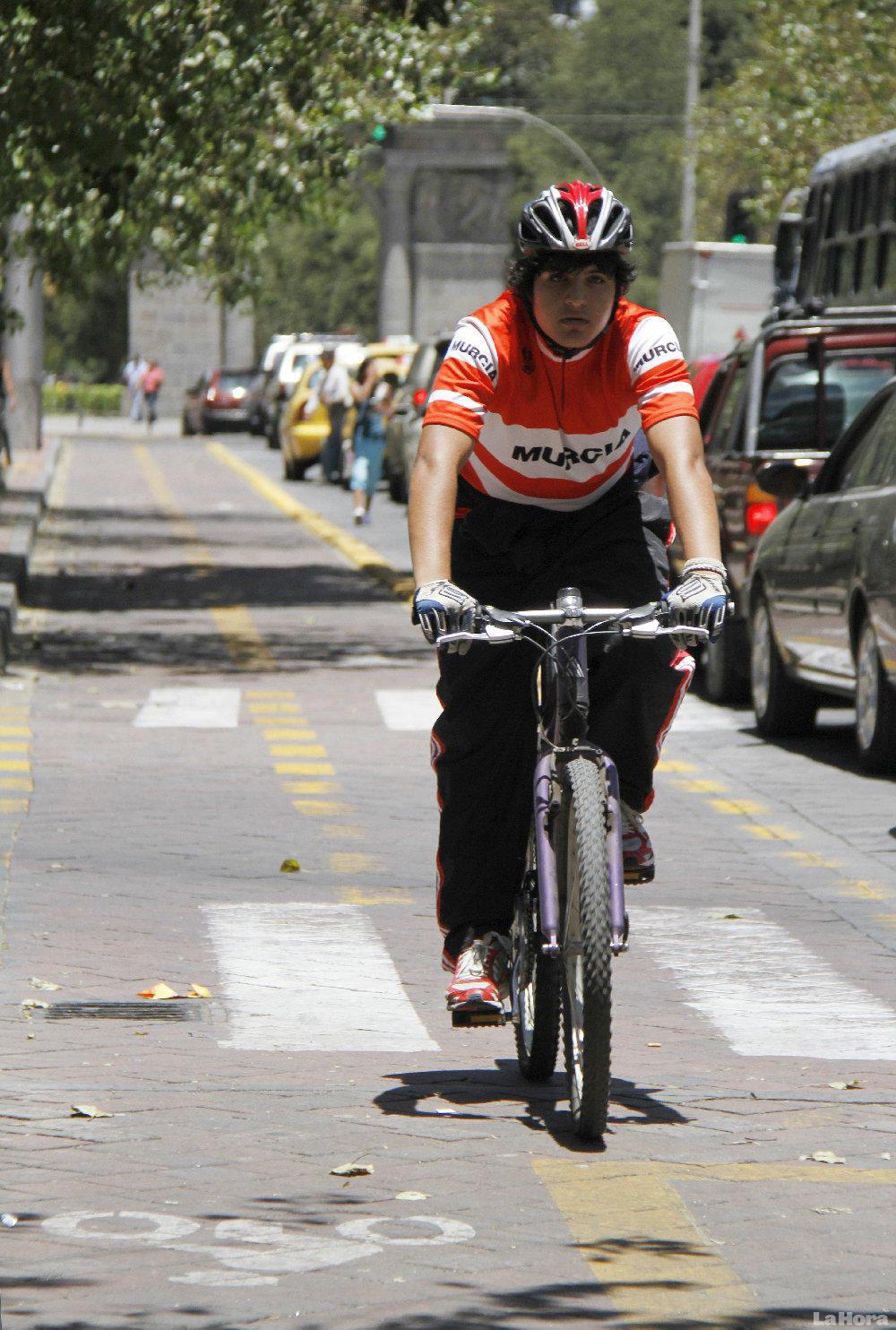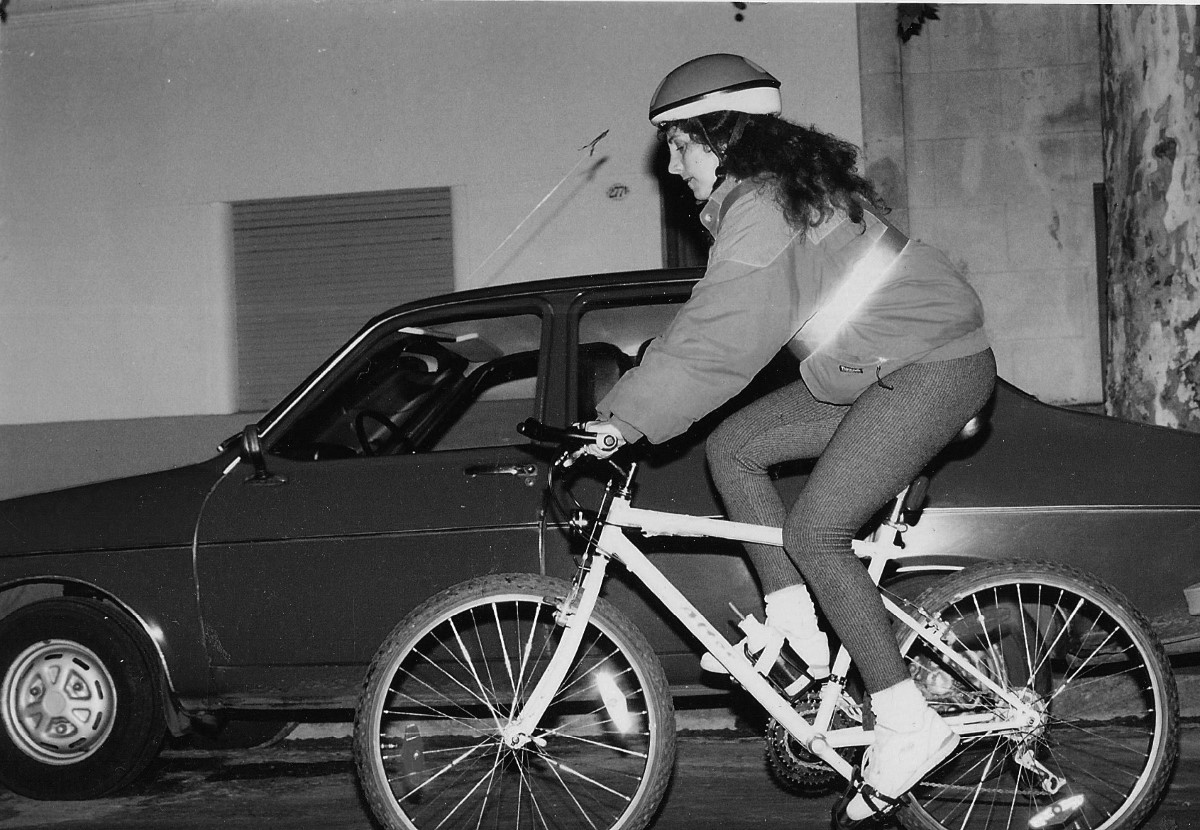To ride a bike safely
Bicycles are also vehicles in traffic so, even in bikes paths, all the traffic rules must be respected, (such as traffic lights, pedestrian priority, all the traffic signals, not to drink alcohol at all before riding, not to use neither cell phones nor headsets).
In order to preserve their safety and the rest of the people’s, it is important that cy
clists always respect the following rules:
- Ride the bike along the road in the direction of the traffic, never against it. If there is a bike path, ride the bike along it, not along the road.
- Ride the bike on the right.
- Make signals before manoeuvring: when you turn left, turn right and to brake.
Manual signals (of driver or cyclist)
The person who is driving a vehicle can reinforce his/her communication with the rest of the vehicles that share the road with him/her by making manual signals.
The cyclist needs to inform his/her manoeuvres through manual signals since he/she
doesn’t have a systems of lights to do it. These signals, in all the cases, will indicate:
a) Turn left: left arm extended towards the left side.
b) Turn right: left arm flexed upwards. (Only cyclists can also make this signal with the right arm extended towards the right side).
c) Stop or slow down: arm extended moving from the centre to downwards.
d) To give way: left arm extended downwards, moving from the back to forward.
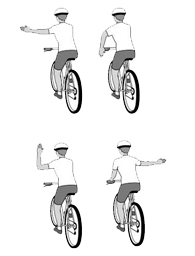
-
Make them see you, by illuminating you with clear clothes and reflecting mate
 rials (vest or ribbons for the body and plates for wheels, pedals and bicycle handlebar).
rials (vest or ribbons for the body and plates for wheels, pedals and bicycle handlebar). - Have the obligatory lights: white at the front and red at the rear part.
- Always use helmet for cyclists
Usefulness of the helmet
As in the case of motorcyclists, the helmet helps reduce the risk of having serious injuries in the head and brain, by reducing the strength of the impact produced by a crash or fall in three different ways:
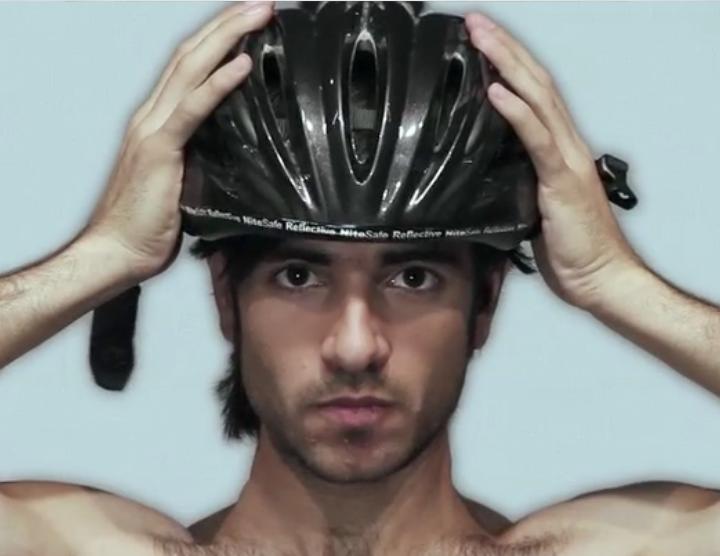 1- It absorbs a part of the energy from the impact with its structure, so that the head stops more slowly and the brain hits against the cranium less strongly.
1- It absorbs a part of the energy from the impact with its structure, so that the head stops more slowly and the brain hits against the cranium less strongly.
2- It spreads the strength of the impact in a bigger area so that the energy of the crash is not concentrated in just one part of the head.
3- It works as a barrier that prevents from the contact between the cranium and the object of the impact, such as the curb or the ground.
For serving properly, the helmet must be placed well and it must be of a size suitable for the head, staying fixed and without movement.
- Don’t drink alcohol if you are going to ride a bike.
- Avoid carrying companions or heavy and/or big loads.
- Avoid zigzagging or making pirouettes that may make you lose stability.
- Don’t take another vehicle to circulate.
- Don’t use headsets that reduce the hearing and attention.
- Pay attention to the conditions of the road so that you can avoid holes, hollows, oil stains, painted lines, etc. If you can’t avoid them, you must pass through them in straight line to prevent from losing stability, also in railways.
- Slow down and adjust the use of brakes when the road is wet.
- Keep the proper distance from other vehicles that are being driven or parked.
-
Look inside parked cars to prevent from having problems with door that are opened or cars that are started without warning.
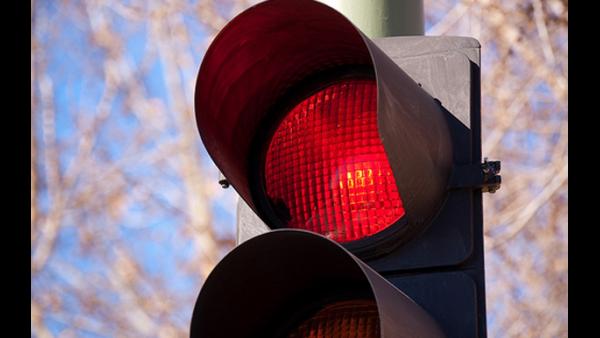
- Respect all the traffic signals and rules (especially, don’t forget to stop when the lights are red and to respect pedestrian priority).
- Keep the bicycle in good conditions.
What the Law says
The National Traffic Law (article 31): In addition to the strict fulfilment of this law’s rules, as vehicles in the traffic, they will have to fulfil the following obligations, among other reasons, as an elemental requirement of subsistence in the risky Argentinean traffic:
Article 40 bis, (incorporated by Law 25,965) Bicycles will have brakes, rear mirrors at both sides, bell or horn, being allowed just one occupant, with the exception of a light load or kid pl
aced in an special seat, retro-reflecting elements in pedals and wheels, and lights (a white one onwards and a red one backwards).
Regulation. Red colour will be used for surfaces seen from the rear part.
The cyclist will use a protective helmet. (It is compulsory in all the provinces which have joined the change introduced by the mentioned Law 25,965).
Province of Buenos Aires: It joined National Traffic Law in 2008, when it was modified by Law 25,965, so we understand that the use of helmet on bike is compulsory in it.
City of Buenos Aires (Law 2,148, 6.10.6 y 7 )
The minimum age to ride bicycles in the roads of the arteries where it
is allowed (this is, where it not prohibited) is 12 years old.
Children under this age will only be able to do it if they are accompanied by another cyclist who is 18 or more years old.
But children under 12 will be able to ride freely through bike paths and, also, out of the road (we understand that is it through the sidewalks) at the slowest speed possible, and always respecting pedestrian priority.
It is compulsory for cyclists the use of an approved or certified helmet.
In the roads without demarcation of lanes, they must ride on the right edge. They will be able to leave it to overtake slower, stopped or parked vehicles or to turn left where it is allowed.


